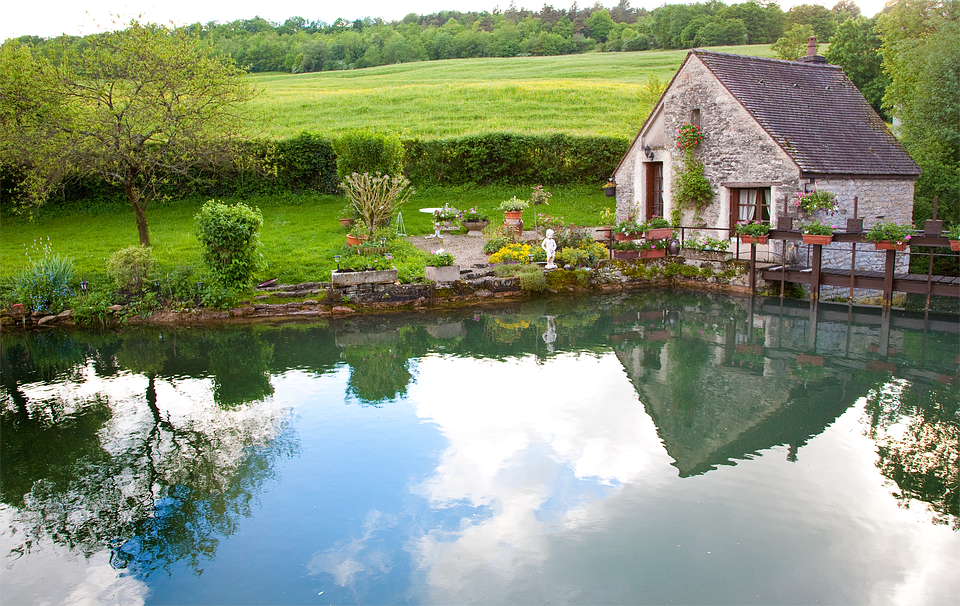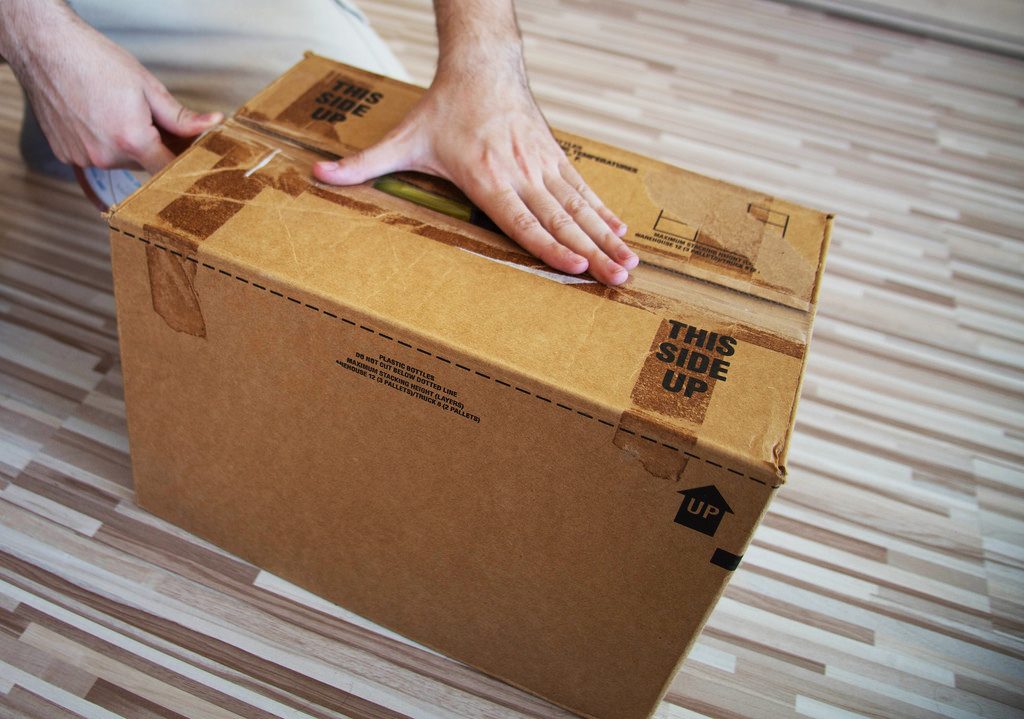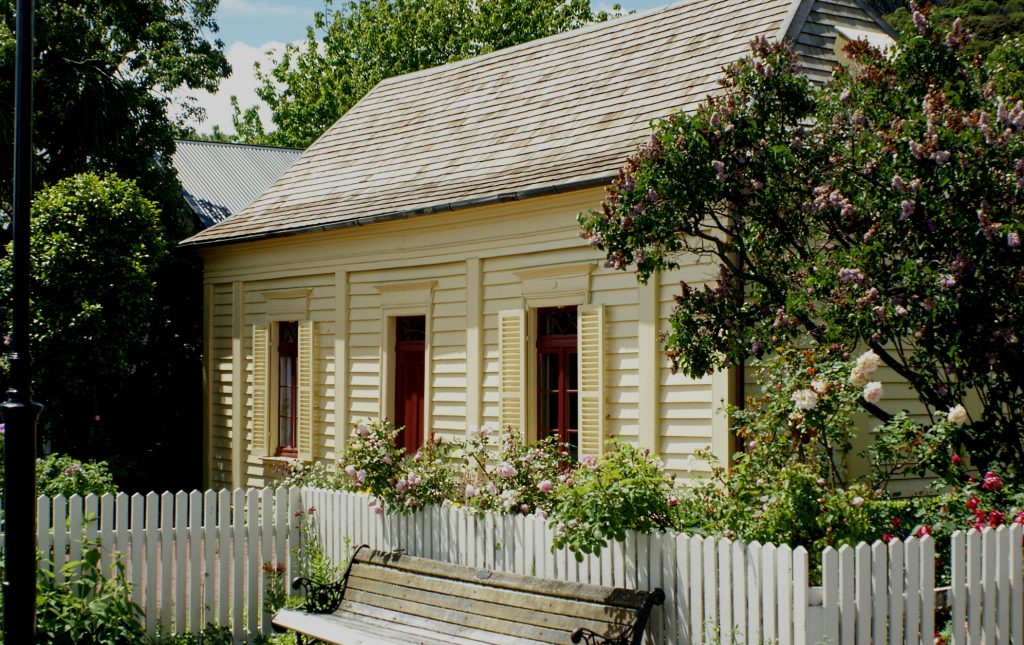It’s a commonly cited opinion that moving home is one of the most stressful life events that we can experience. The stress multiplies when it comes to moving to a South of France property, as there are a number of additional factors to consider — namely the fact that an ocean lies between your current home and your new property.
One way to reduce stress is to ensure that your belongings are properly packed and everything is in place to get them to your new home. This handy guide will provide you with an overview of how best to manage packing and moving your belongings at this tumultuous (but exciting!) time.
 1. Declutter and clean anything you want to take
1. Declutter and clean anything you want to take
Moving is a great opportunity to declutter and decide what your really essentials are. If you’ve ever moved house before, you’ll no doubt know it’s always a surprise how many belongings you have that you rarely use.
Once you’ve identified exactly what you want to take with you, make a list to keep track of everything and prepare the items by cleaning them. Dispose of any damaged items or anything not worth selling, donating or gifting. It can be useful to hire a skip for this purpose, particularly if you’re throwing out old furniture.
If there’s anything you’d like to keep but aren’t ready to move over to your South of France property, ask friends and family if they’re willing to take care of it for you. Alternatively, look at options for more permanent storage with a paid facility. Items with low sentimental value but possibly able to fetch a high price should be sold or auctioned. Anything else should be donated to a charity shop or put on a site such as Freecycle, which allows you to give items away directly.
2. Get prepared with packing materials
Now is the time to order all of your packing materials. This will include plenty of sturdy cardboard boxes in a variety of sizes, plastic wrap, packing tape, bubble wrap, suitcases and, if necessary, packing blankets. It’s difficult to get a solid estimate of how much you’ll need, but at this stage it’s probably best to err on the side of caution and over-order rather than under-order.
There’s nothing worse than having to scrabble around for a few more boxes when you’re down to the last couple of items, and it’s very easy to pass on unused materials as they’re always in demand.
3. Disassemble as much as possible
Obviously, no one is expecting you to dig out the instructions for your IKEA coffee table and take it apart piece by piece, but removing anything that juts out from the surface of your furniture is a good idea to reduce the chances of items getting damaged on their way to your South of France property.
Any handles, headboards, furniture legs and wardrobe drawers should come out and be packaged separately. To ensure you can get it all together on the other side, put any screws or small fixtures into separate resealable bags and clearly label with the corresponding item of furniture.
4. Pack up your belongings
If it’s possible, designate an area in your home where the wrapping and packing will be done. This will save you having to tidy up the inevitable scraps of cardboard and other waste produced while packing in every room. When you’ve decided on your packing area, gather all your packing materials and bring in items one at a time to be packed. If you bring everything into the room at once you’ll have little space to maneuver and will soon feel overwhelmed.
Start with your largest pieces. It can be a good idea to get things like sofas, bedframes and wardrobes professionally wrapped, but it’s by no means essential. Instead, use strong packing tape to keep any drawers or doors closed (though be careful about placing tape directly on veneer as it’s easily damaged) and wrap in plastic. Wooden furniture will be safest if it’s wrapped in packing blankets as it’s easily chipped or scratched.
Mattresses can be transported in mattress boxes which are made to perfectly fit each size of mattress. Smaller items can be wrapped in bubble wrap and placed in boxes. Ensure that everything is clearly labelled so you’re not having to tear everything open before moving it to the correct room.
5. Arrange transportation
Finally, it’s time to arrange the transportation of your belongings to your new South of France property. Thanks to France’s close links with the UK, there’s no need to shell out for a container on a cargo ship. Instead, you can have your belongings moved over in a regular lorry or van via ferry freight or eurotunnel freight.
Carry out thorough research online to find a good price for the vehicle rental, driver (if you don’t know anyone with the correct license) and freight services. If you’ve got plenty of space around your property, you should be fine with getting your items into the house, but if not, prepare for a slower and more fiddly process.
If you have any questions about packing for a move to France, or are still looking for your dream South of France property, chartered surveyor Charles Mackintosh is happy to advise. Get in touch today.


